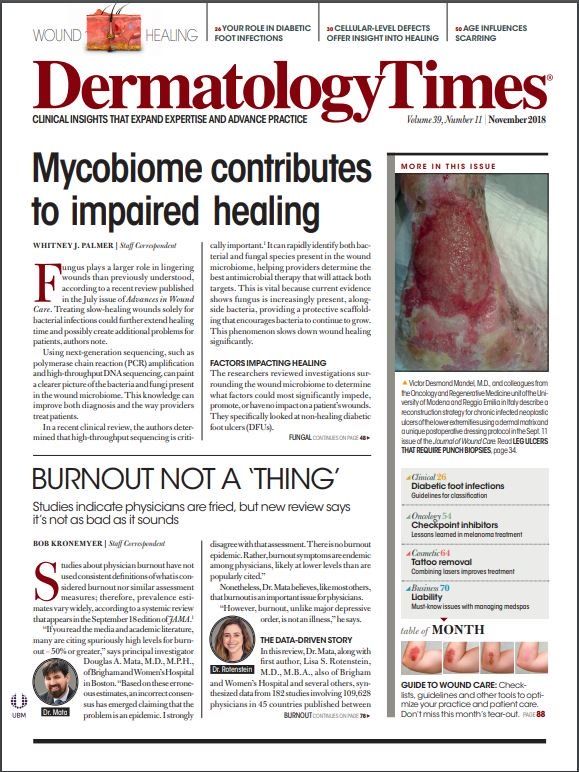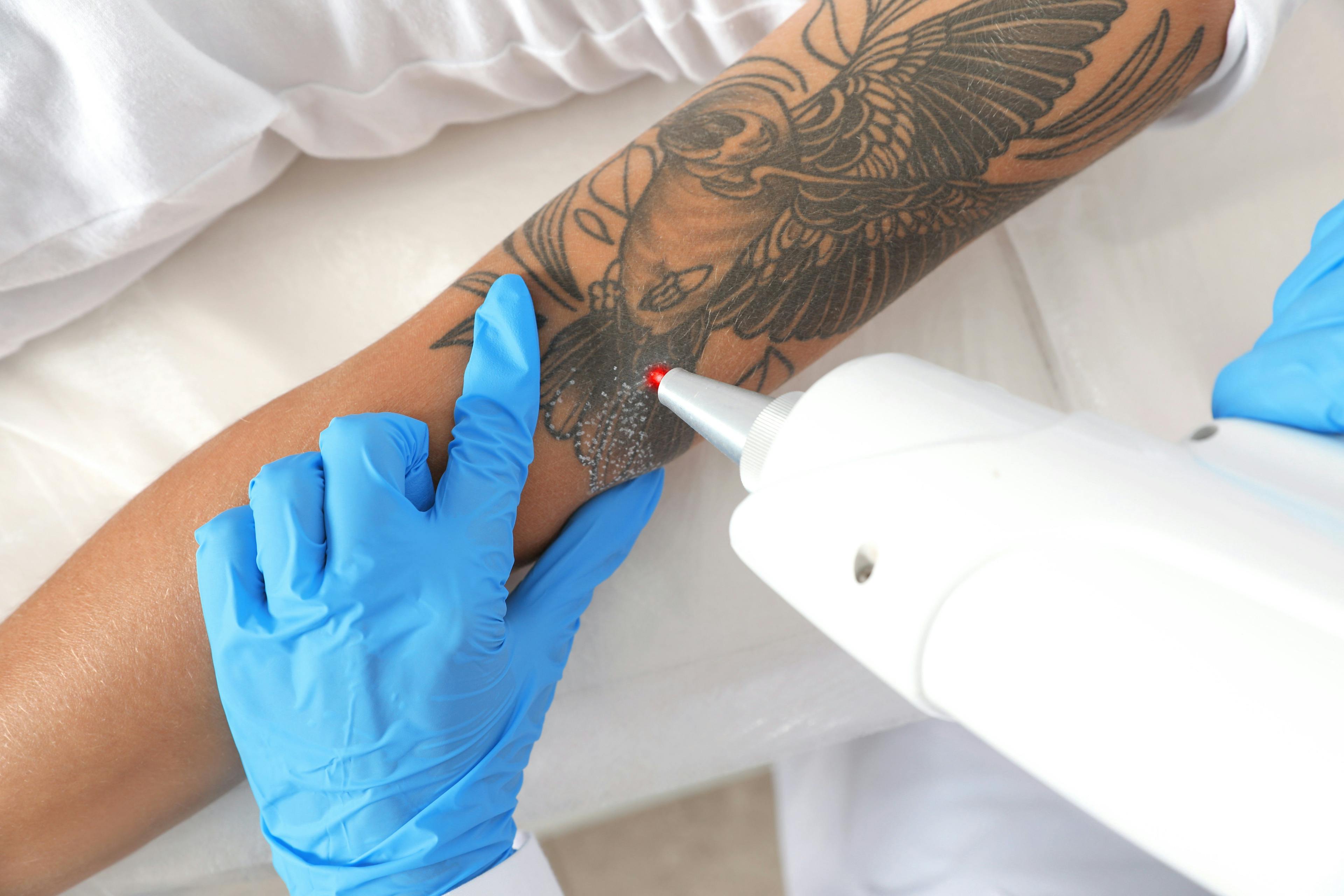- Acne
- Actinic Keratosis
- Aesthetics
- Alopecia
- Atopic Dermatitis
- Buy-and-Bill
- COVID-19
- Case-Based Roundtable
- Chronic Hand Eczema
- Chronic Spontaneous Urticaria
- Drug Watch
- Eczema
- General Dermatology
- Hidradenitis Suppurativa
- Melasma
- NP and PA
- Pediatric Dermatology
- Pigmentary Disorders
- Practice Management
- Precision Medicine and Biologics
- Prurigo Nodularis
- Psoriasis
- Psoriatic Arthritis
- Rare Disease
- Rosacea
- Skin Cancer
- Vitiligo
- Wound Care
Publication
Article
Dermatology Times
Advent of immunotherapy may require a new, expanded role for dermatologists
Author(s):
With immunotherapy as a key treatment for melanoma, dermatologists should be prepared to treat its cutaneous side effects and refer for adrenal sufficiency, uveitis, thyroid disease and other non-cutaneous side effects.
PARISâAs a dermatologist, you may not necessarily think that your role involves managing adverse effects associated with immunotherapy because you may not be the one to prescribe it. Furthermore, once you evaluate cutaneous signs in a patient, you may think that your job is done and in the hands of the oncologist.
For Jean Bolognia, M.D., professor of dermatology at Yale University School of Medicine, these are not convincing arguments. She suspects that dermatologists will not only be concerned in the future with managing side effects from new systemic therapies for melanoma, but also for other types of cancer (e.g., lung or bladder cancer) where immunotherapy is also being prescribed.
This week, at the 2018 European Academy of Dermatology and Venereology (EADV) Congress, Dr. Bolognia presented compelling information the dermatologist’s expanding role in the differential diagnosis of cutaneous side effects, as well as their pharmacological management after immunotherapy treatment.
PATIENT EDUCATION
You will need to become more involved with advising patients suffering from melanoma who receive immunotherapy, especially in the adjuvant setting, and what side effects they may experience. Bolognia notes that patients with stage four melanoma may be more willing to accept rare side effects, but with stage three melanoma and no evidence of disease, rare life-threatening side effects become more of an issue because it is a risk-benefit ratio.
SIDE EFFECTS OF IMMUNOTHERAPY
You are inhibiting an inhibitory signal when giving antibodies as immunotherapy, and this leads to immune stimulation. In the case of vitiligo, you are already aware that autoimmune endocrinopathies can occur. Dr. Bolognia recommends that instead of memorizing a list of side effects, you need to make links to what you already know. Therefore, it is not surprising that patients may experience adrenal sufficiency, uveitis, and thyroid disease, among other problems. Even when you see a patient for a reason besides cutaneous side effects (e.g. screening patients who are at high risk for developing a second melanoma), if they do not feel well, you need to think about the possibility that they have low adrenal or thyroid function.
Pulmonary and cardiac side effects can be fatal, and so these potential side effects need to be considered, particularly in the adjuvant setting. You may see patients who develop cutaneous sarcoidosis, and so you as a dermatologist can advise other physicians caring for the patient regarding the differential diagnosis if pulmonary lesions occur (i.e. sarcoidosis rather than metastatic disease).
As Dr. Bolognia advises, it is important that you as a dermatologist realize that you will likely see more and more patients for cutaneous side effects following immunotherapy, both in melanoma and beyond.
REFERENCE
Jean Bolognia, M.D. “Adverse effects of immunotherapies” (abstract # D1T06.4D), EADV 2018 Meeting, Paris, France, September 13, 4-4:20p.m.

Newsletter
Like what you’re reading? Subscribe to Dermatology Times for weekly updates on therapies, innovations, and real-world practice tips.




























